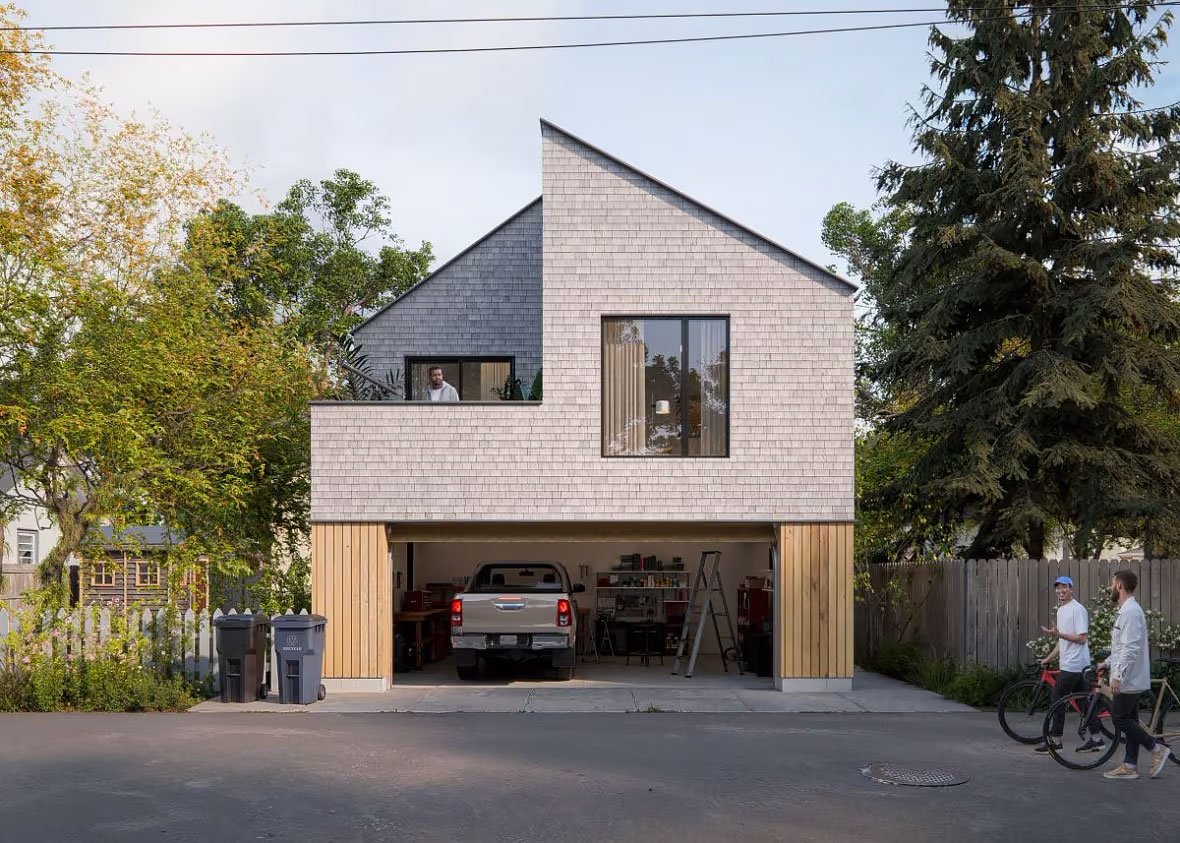Canada’s Housing Plans: What the Conservatives & Liberals Are Proposing, and What It Means for You
Housing is front and center in Canadian politics right now. In the past week, both the Conservative and Liberal parties have released bold new plans to fix the housing crisis. Their strategies take very different paths. Here's a breakdown of what each party is proposing, and how these ideas could shape the market in the years ahead.
The Conservative Plan: Build Faster, Cut Costs, Let the Market Lead
1. GST Cut for Most New Homes
Homes under $1.3 million would be exempt from the federal portion of sales tax. For many buyers, that could mean savings of up to $65,000. The goal is to make new homes more affordable and stimulate more private sector building.
2. Performance-Based Funding for Cities
Cities that approve more housing would receive more federal infrastructure funding. Cities that delay projects or block growth would lose access to those funds. This approach puts pressure on municipalities to get approvals moving quickly.
3. Federal Override of Local Red Tape
If a municipality unnecessarily drags its feet or blocks development, the federal government would have the authority to step in. This would reduce delays that currently slow down housing starts.
4. Tax Incentives for Reinvestment
The Conservatives are also proposing the "Canada First Reinvestment Tax Cut." It would allow people and businesses to defer capital gains taxes if they reinvest those profits into Canadian businesses like homebuilding. This policy is meant to unlock money currently tied up in passive assets and redirect it into productive sectors. That includes new housing supply, which could benefit from a new wave of private investment.
5. Freeing Up Federal Land
Land owned by the federal government, especially sites near transit, would be made available for residential development. These are often large, well-located parcels that could support thousands of new homes.
6. More Skilled Trades Immigration
A fast-track immigration pathway would be created for trade workers, especially in construction. This is meant to address the growing labour shortage in the housing sector.
The Liberal Plan: National Housing Agency, Government-Led Builds, and Deep Affordability
1. Build Canada Homes (BCH)
At the heart of the Liberal housing platform is a bold, central idea: a new federal agency called Build Canada Homes (BCH). This body would be responsible for coordinating and delivering the construction of 500,000 new homes every year for the next decade — a scale not seen since the post-war housing boom.
This isn’t just a policy tweak. It’s a major structural shift in how housing is delivered in Canada.
Here’s what that could look like in practice:
Rather than relying solely on municipalities or the private sector to build homes, BCH would actively manage projects from the ground up. That could mean acquiring land (including surplus government land), working with contractors, funding non-profit housing, and ensuring units are actually built — not just approved. The agency would likely set national standards around design, density, affordability targets, and timelines to make sure progress is measurable and consistent across provinces.
The focus would be on:
Affordable housing for middle-income families
Mixed-income communities with a range of unit types
Transit-oriented developments
Projects that are energy-efficient and climate resilient
This strategy takes direct cues from historical housing models, like CMHC’s postwar development role or international examples like Vienna’s public housing system. The idea is that government, not just private developers, should take responsibility for ensuring enough homes exist — especially homes that aren’t being built profitably by the market.
Why this matters:
If BCH is executed well, it could bring serious stability to a market that’s been increasingly shaped by speculation and short supply. Large-scale public or mixed-income housing developments could relieve pressure on the private rental market, offer long-term affordability, and create more predictable housing pipelines for growing cities.
However, critics might point to risks. Large government projects can be slow to get off the ground, subject to local opposition, or tied up in red tape. There’s also the question of coordination: how will this federal agency work alongside provinces, municipalities, and local builders?
Still, the scale of the promise signals that the Liberals are looking at housing as national infrastructure, not just a market issue. In many ways, Build Canada Homes would mark a return to a more hands-on federal role in solving the housing crisis — something that hasn’t been seen in Canada for decades.
2. Major Financing for Builders
The plan includes $25 billion in low-cost loans and $1 billion in equity financing for modular and prefabricated builders. These methods can speed up construction and reduce costs. Another $10 billion is earmarked for building deeply affordable and supportive housing.
3. Lower Development Fees for Multi-Unit Housing
Municipal development charges often make mid-rise and high-rise buildings more expensive. The Liberals propose cutting those fees in half, while also compensating cities for the lost revenue. The goal is to encourage more density without penalizing municipalities.
4. Bring Back Rental Construction Incentives
The Liberals want to reintroduce the Multiple Unit Residential Building (MURB) tax incentive. This program allowed investors to write off a portion of rental construction costs and was last used widely in the 1970s. Bringing it back could make rental projects more financially attractive and increase long-term rental supply.
5. Support for Non-Profits to Create Affordable Housing
Non-profits would get tax advantages if they purchase underused buildings and convert them into affordable housing. This could apply to properties like older hotels or commercial buildings. The plan is designed to make it easier to create housing from existing spaces, especially in areas that need affordable rentals.
So What Does This Mean for Buyers, Sellers, and Investors?
So what does all this mean for regular buyers, sellers, and investors? If the Conservatives form government, expect a faster, market-driven push to get more homes built. Their plan is focused on cutting costs, speeding up approvals, and using tax incentives to boost private development. That could mean more supply entering the market sooner, especially for new builds under $1.3 million, and potentially more investor activity.
If the Liberals stay in power, the approach would be more structured and government-led. Their plan focuses on long-term affordability, deep public investment, and building housing directly through a new federal agency. That could mean more rental options, more affordable homes for middle-income families, and a steady rollout of new supply—though likely on a slower timeline.
Either way, this level of political focus is a good thing. The fact that both parties are now competing to offer serious housing solutions means more ideas are on the table and more pressure to follow through. It’s a sign that housing is no longer being treated as just a local issue; it’s national, and it’s finally getting the attention it deserves.
Final Thoughts: Two Different Roads Toward the Same Problem
Both parties recognize that housing is in crisis. But the way they plan to solve it couldn’t be more different. One sees housing as a supply issue the private sector can fix. The other sees it as an affordability problem that requires public investment.
Want Help Navigating What This All Means for You?
The policies coming out now could reshape the real estate market over the next five to ten years. Whether you're looking to buy, sell, or invest, it pays to understand where things are headed.
Let’s talk about what makes sense for your situation.
Book a 30-minute discovery call or download my Home Buyer Guide to get expert advice tailored to your goals.





